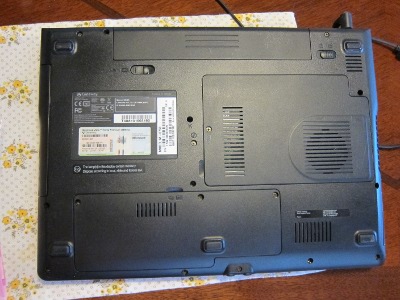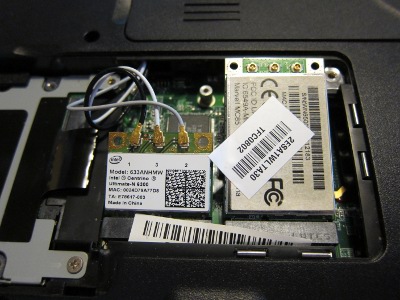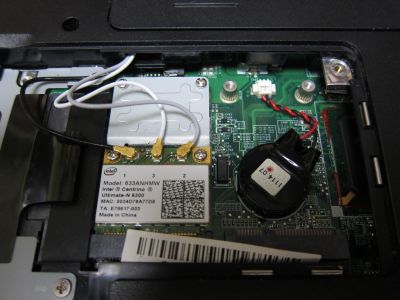If your existing Windows XP or Windows 2003 Server machine needs a new C: drive, there are ways of upgrading to one of the latest drives without a complete software reinstall, but you may encounter some stumbling blocks due to the new Advanced Format technology, which uses 4 KB sectors.
When one of my PCs developed hard disk problems and I had to upgrade one of its drives, I also checked out my other machines. I found the C: drive of a Windows 2003 Server machine was about to fail. Windows 2003 is basically the server version of Windows XP, with which it shares most components. I opted for a 1 TB WD Red drive (WD10EFRX) by Western Digital, since these drives are designed for 24/7 operation, primarily for use in Network Attached Storage (NAS) appliances (desktop drives are only designed for an 8 hours on, 16 hours off use pattern).
I did not want to reinstall everything from scratch on that machine, so I used a Linux boot DVD and the GNU dd utility to mirror the failing drive onto the new WD Red drive (“sudo dd if=/dev/sda of=/dev/sdb”). As a result, all the partitions were in the same place and the same size as on the old drive, a Seagate Barracuda 7200.11 320 GB. The partitions on the old drive had not been aligned on 4 KB boundaries as is recommended to get decent performance on modern Advanced Format drives, so I needed to run an align tool to move the partition to the proper place. Western Digital offers one free to its customers, so that should be easy then, right?
No quite. I encountered all the troubles described by others in this thread: Basically, the download link for the WD Align tool (AcronisAlignTool_s_e_2_0_111.exe) takes you back to the same page, over and over, without error message. It turns out that you need to be registered and logged in to the WD site for the download link to do anything. You need to register both your contact details (name, e-mail address, postal address, phone number) and your hard disk’s serial number. For the latter I had to shut down the machine again and take out the drive once more to take a look, because the number is not printed on the cardboard box, only on the drive itself.
Once I registered my new drive, a download link did appear next to the registered product, but from it I found I could only download Acronis True Image and not the Acronis Align Tool (Advanced Format Software, WD Align). The WD Red series drives are all Advanced Format Drives, as is pretty much every drive made since 2011, but WD say it is designed for NAS use and hence don’t see the need for a fix for what they see as a Windows XP problem.
Various people online recommended a download site in Ukraine that apparently offers a copy of that program, but if you’re downloading from sites like that you risk installing malware on your computer. Beware!
There is a safer solution. I had to register another Western Digital drive, an old WD10EARS to get a usable download link for Advanced Format Software. If you don’t happen to have one lying around, a Google image search for WD10EARS will show you many photographs of disk drives with clearly readable serial numbers on the label. And apparently, these serial numbers will do the trick! 😉
After I downloaded the software, I ran it to make a bootable CD (it also seems to be Linux-based), booted and ran it and 1 hour and 30 minutes later my C: partition was showing up as properly aligned.
I can understand that Western Digital wants to restrict the use of licensed Acronis software to its own customers, denying other brands a free ride. However, the hoops it is making people jump through to be able to use one of their new drives as an upgrade to an existing Windows XP machine is just ridiculous. If a login is required to do the download, it should clearly say so. And if a drive uses 4 KB sectors (Advanced Format), its serial number should qualify you for the download. There are millions of existing XP users out there still and many will need new hard disks before they need a new computer.




